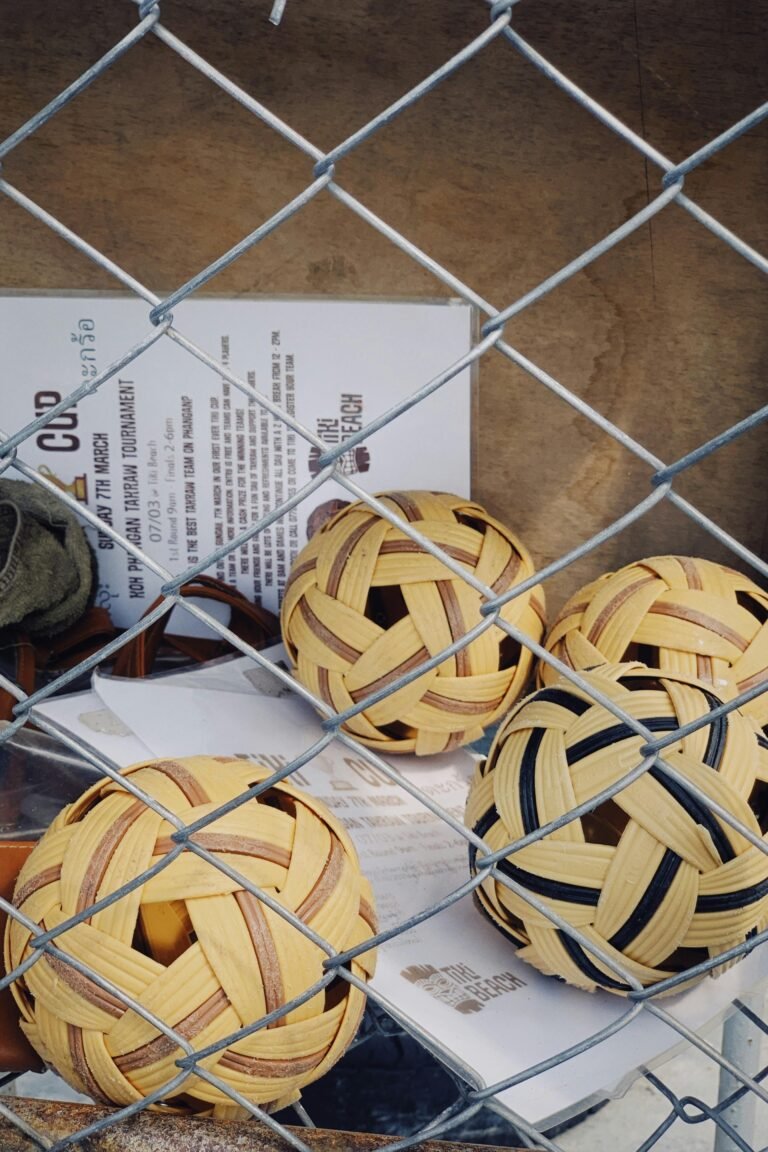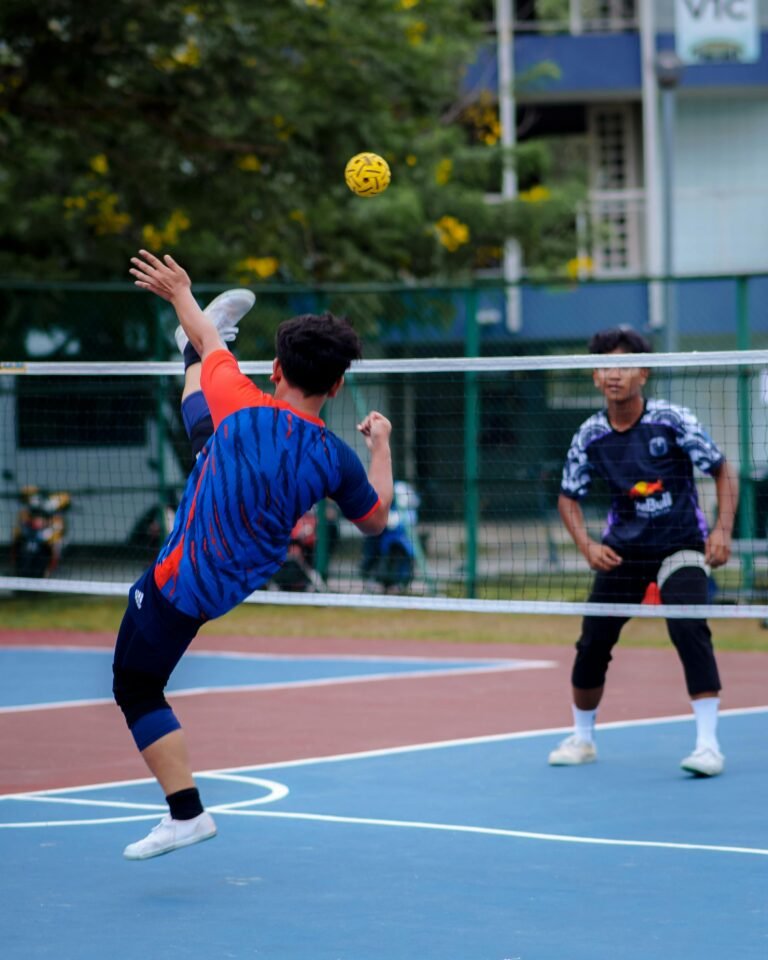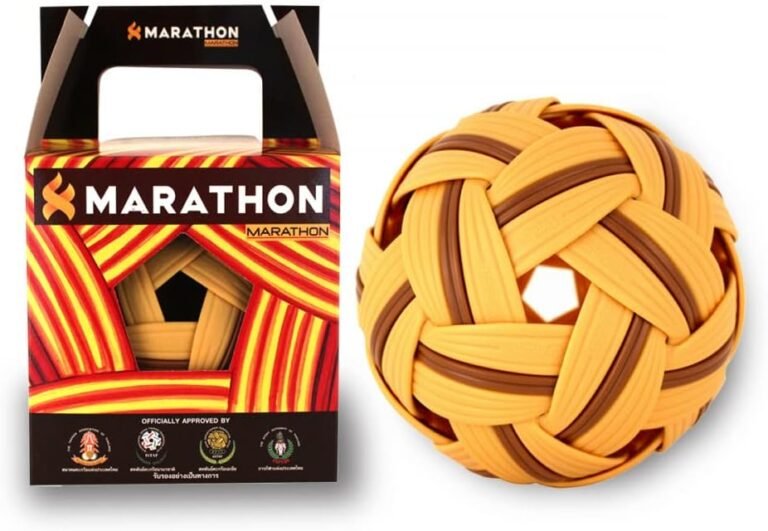
The Origins and Evolution of Sepak Takraw
Sepak takraw is a sport deeply rooted in the cultural fabric of Southeast Asia, showcasing not only athletic skill but also a rich history that traverses centuries. The origins of sepak takraw can be traced back to Malaysia, where a traditional game known as “sepak raga” was played as early as the 15th century. This game involved kicking a rattan ball, designed by skilled artisans, over a net, and is believed to stem from indigenous practices that combined elements of martial arts and play.
As the centuries progressed, the game transcended regional boundaries, evolving into variations that were embraced and adapted by different cultures across Southeast Asia. Countries such as Thailand, Indonesia, and the Philippines contributed to its evolution, refining the rules and introducing distinctive styles. By the late 19th century, the sport had gained significant popularity, particularly in Thailand, where it became a staple of community events and celebrations, reinforcing its role in cultural identity.
The transformation of sepak takraw from a traditional pastime to a competitive international sport is noteworthy. The establishment of formal regulations in the 20th century, alongside the creation of the International Sepak Takraw Federation in 1982, marked a pivotal moment in the sport’s evolution. The introduction of tournaments and championships led to increased recognition and professional opportunities for players, drawing attention to the exhilarating nature of the game on a global scale.
Today, sepak takraw is celebrated not only as a sport but as a cultural treasure that embodies the spirit of Southeast Asia. The sport has become an integral part of regional festivals and events, reflecting the harmony between athletic excellence and cultural heritage. The continued growth of sepak takraw promises to enhance its significance both within the communities that cherish it and on the international stage.
Techniques and Gameplay: What Makes Sepak Takraw Unique
Sepak takraw is not only a sport but also an extraordinary display of athleticism and strategy. The unique gameplay of this Southeast Asian sport is characterized by its use of a rattan ball, where players predominantly utilize their feet, head, knees, and chest to propel the ball over a net. This form of play requires a profound understanding of various techniques and skills that define the sport.
The primary formats of sepak takraw include singles, doubles, and team play. In singles matches, one player competes against another, while doubles involve two players on each side. Team play allows for multiple participants, creating a vibrant atmosphere filled with excitement and collaboration. Each format presents distinct challenges and requires specialized tactics, making it essential for players to be versatile in their approaches.
Key skills are crucial for success in sepak takraw, including exceptional footwork, rapid agility, and the ability to execute aerial maneuvers. Players must display remarkable coordination to navigate the court seamlessly and maintain control over the ball. Techniques such as the spike, serve, and block are fundamental. The spike, in particular, demonstrates raw athletic prowess, as it involves jumping high into the air to strike the ball with impeccable precision.
The fast-paced nature of sepak takraw game-play keeps both players and spectators on edge. Typical plays involve creative strategies, such as setting up a teammate for a powerful strike or using deceptive movements to outsmart an opponent. This fluidity of movement, combined with the aerial acrobatics and rapid exchanges, makes sepak takraw an exhilarating spectator sport, marrying skill with high-energy gameplay. The incorporation of intricate techniques and strategies highlights why sepak takraw is celebrated as one of the ultimate sports in Southeast Asia.



